The History Of Grainger County
Grainger County was formed from Knox and Hawkins Counties in 1796, the year Tennessee became a state. It is named for Mary Grainger Blount, wife of William Blount, Governor of the Territory of the United States, South of the River Ohio Southwest Territory. Anderson, Claiborne, Campbell, Hamblen, Hancock, Scott and Union Counties were formed from parts of the original Grainger County.
Like many East Tennessee counties, Grainger County was generally opposed to secession from the Union. In Tennessee’s Ordinance of Secession referendum on June 8, 1861, Grainger County voters rejected secession by 1,756 to 495.
Since 1992, Grainger County hosts a festival celebrating the county’s iconic tomatoes, and has special events about the county’s history and its agricultural impact in the state. The festival takes place annually during the last full weekend in July.

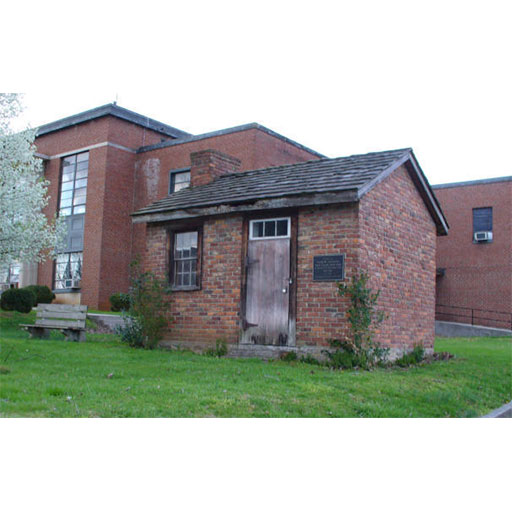
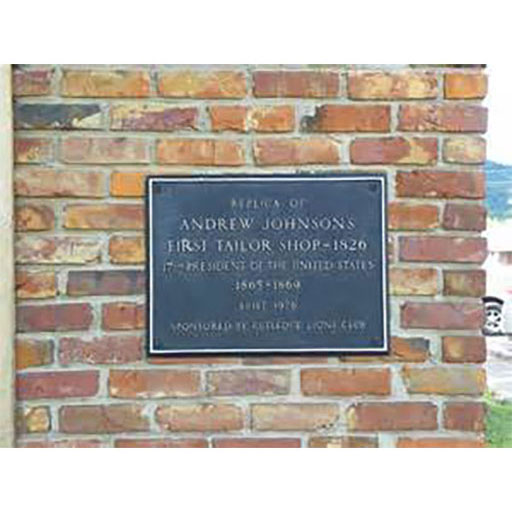
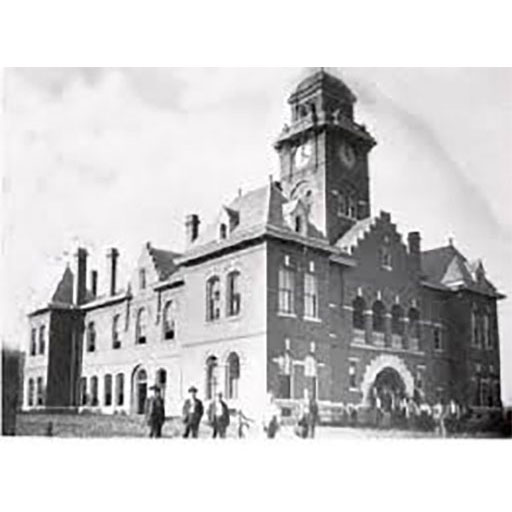
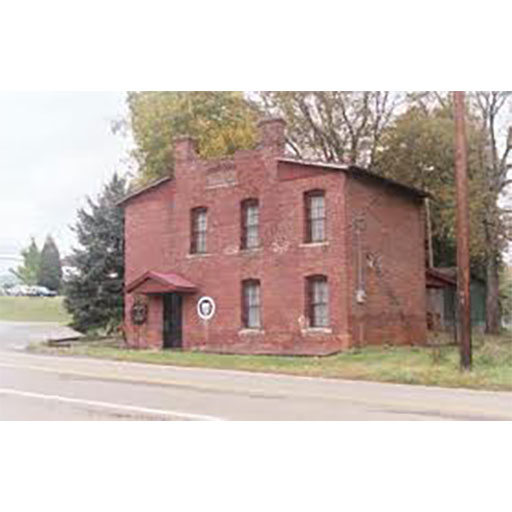
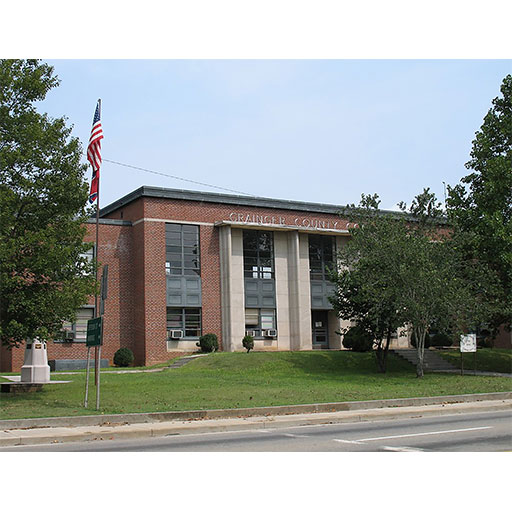

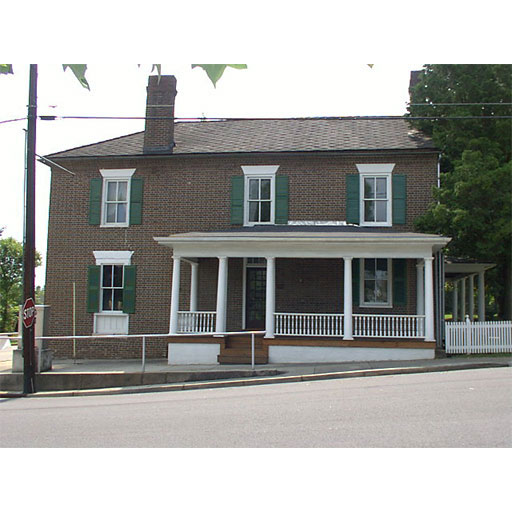
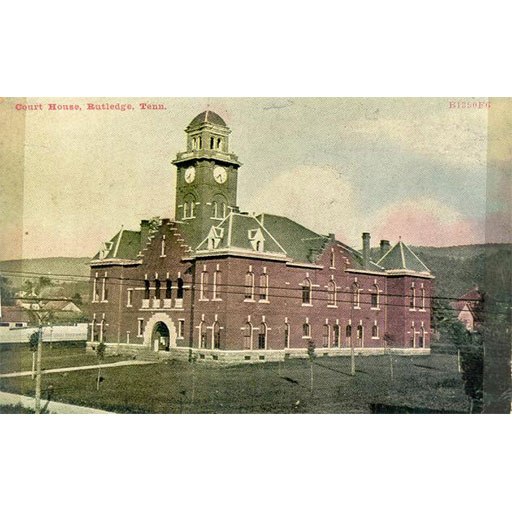
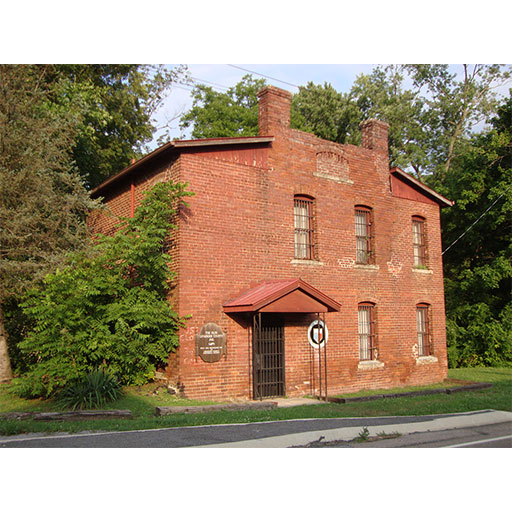
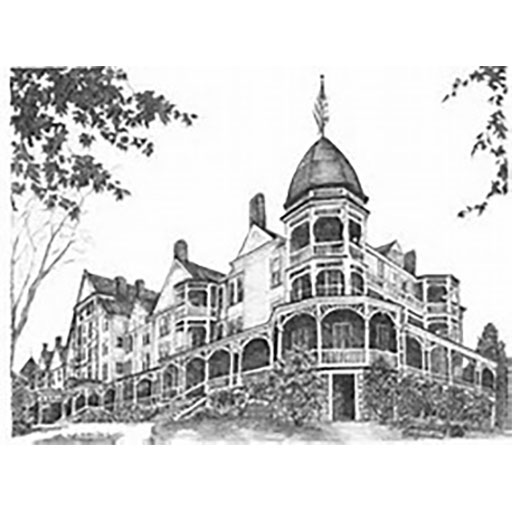
Social Contact